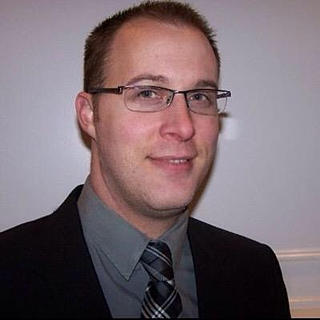Post-Civil War
- Dustin Wadsworth
- Jan 31, 2019
- 1 min read
In 1879, Charles F. Brush drew international attention to Public Square by demonstrating one of the world’s first successful electric streetlights on Public Square.
Then in 1881, Public Square served as a mourning and casket viewing space once again when President James A. Garfield died.
In 1888, the statue of Moses Cleaveland that still graces the grounds of Public Square was installed.
Then, on July 4, 1894, the Soldiers and Sailors Monument was dedicated in honor of Civil War Veterans. The monument is still the largest monument dedicated to Civil War veterans in the U.S.
On August 17, 1903, the original Group Plan Commission presented “The Group Plan of the Public Buildings of the City of Cleveland” to the former mayor, who also has a statue in Public Square, Tom L. Johnson.
The plan called for Cleveland's civic and government buildings to be built surrounding open-air public spaces, one of which being Public Square.
In 1930, the Cleveland Union Terminal Tower opened, which invoked a slight renovation to Public Square that included the removal of a rustic bridge and an artificial stream that ran underneath.


Comments